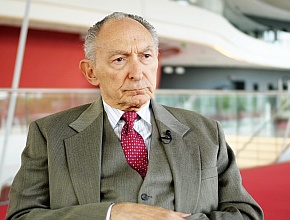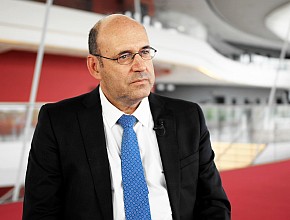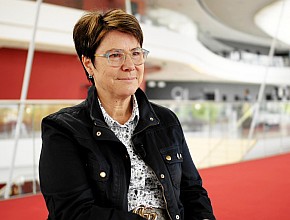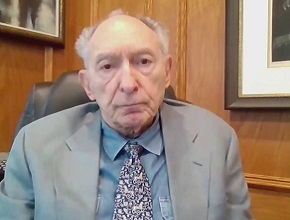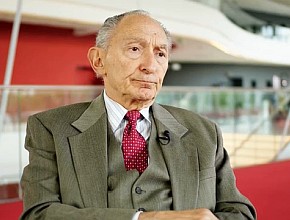Dr Leonard Wartofsky is a professor of medicine at Georgetown University Hospital, chairman emeritus of the Department of Medicine at the Washington Hospital Center, and past president of the American Thyroid Association and the Endocrine Society.
Why is the Burch-Wartofsky Point Scale based only on clinical and physical criteria? How accurate are the estimates?
Leonard Wartofsky, MD, MPH: Our point scale is based on clinical criteria because there are no objective criteria on which to make a diagnosis of thyroid storm. In other words, there is no level of thyroxine (T4)—the elevated blood level of T4—or of triiodothyronine (T3), or how low the thyroid-stimulating hormone (TSH) might be to indicate this is storm. There is no numerical guide to tell you a patient is in storm.
So, it is clinical. And our system was based on looking at the clinical findings in our patients, matching them to the outcomes, correlating the worst outcomes with the worst clinical observations, and creating the scoring system. Then we tested it against the literature of all cases reported up until that time that had sufficient data to indicate that these were indeed patients with thyroid storm, many of whom had mortality as well. It is by no means a perfect scoring system.
We designed it so that the highest numbers are clearly storm and are not to be ignored. The lower numbers, which we called possible impending storm, were categorized to make the clinician think about the possibility—even though it might not be storm—because there’d be no harm in instigating therapy. Given that the mortality can be so high if you miss the diagnosis, it would be better to overdiagnose than underdiagnose.
 English
English
 Español
Español
 українська
українська



